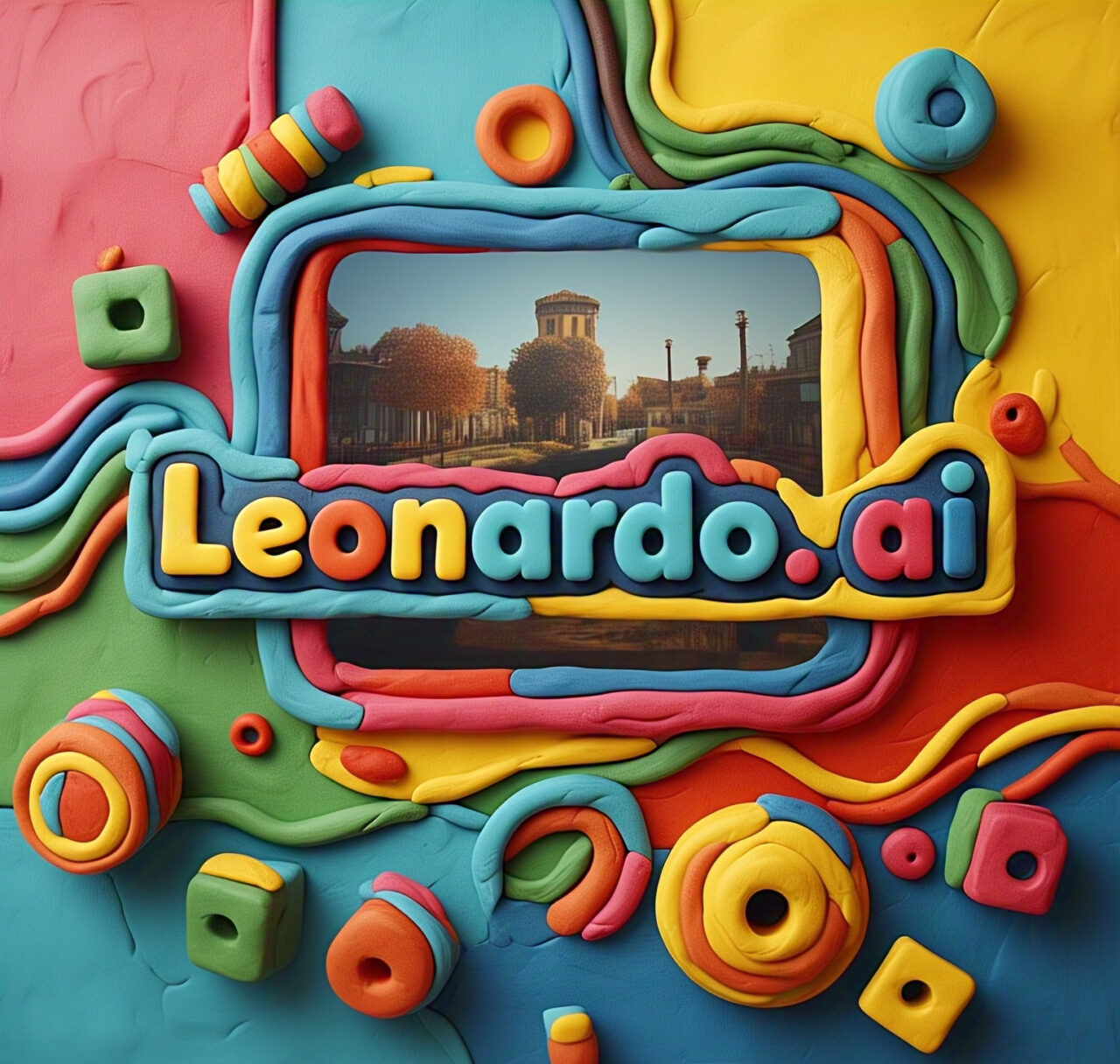Exploring Leonardo.ai: Features, Usage, and Impact

Leonardo.ai is a cutting-edge artificial intelligence platform designed to empower creators with tools for generating high-quality visual assets. From digital art and game design to marketing visuals and animations, Leonardo.ai leverages advanced AI models to transform text prompts into stunning images and dynamic content. This article delves into the platform’s features, how to use it effectively, and its broader impact on creative industries, offering a comprehensive guide for beginners and seasoned creators alike.
What is Leonardo.ai?
Launched as a user-friendly AI tool, Leonardo.ai specializes in generating visual content through text-to-image and image-editing capabilities. Built on foundational models similar to Stable Diffusion, it combines accessibility with powerful customization options. The platform caters to a wide audience, including artists, game developers, marketers, and hobbyists, enabling them to create professional-grade visuals without extensive technical expertise.
Leonardo.ai stands out for its versatility. Users can generate photorealistic portraits, fantasy landscapes, concept art, or even 3D-rendered assets for games. Beyond static images, the platform supports animation generation and texture creation, making it a one-stop solution for various creative needs. Its free tier, offering 150 daily credits, allows newcomers to experiment, while premium plans unlock advanced features and higher usage limits.
Key Features of Leonardo.ai
1. Text-to-Image Generation
The core of Leonardo.ai is its ability to transform text prompts into visuals. Users input descriptive text—called a “prompt”—and the AI generates corresponding images. For example, typing “a futuristic cityscape at sunset with neon lights” can produce a vibrant, detailed scene. The platform supports various art styles, from anime to photorealism, and allows users to fine-tune parameters like resolution and style strength.
2. Canvas Editor
The Canvas Editor is a standout feature, enabling users to refine AI-generated images with precision. It supports inpainting (editing specific areas), outpainting (expanding image boundaries), and manual touch-ups. This tool is ideal for correcting minor flaws, adjusting compositions, or adding custom elements, offering Photoshop-like control within an AI-driven workflow.
3. Custom Models
Leonardo.ai allows users to train custom AI models tailored to specific styles or subjects. For instance, a game developer might train a model to generate consistent character designs for a fantasy RPG. This feature ensures cohesive aesthetics across projects, saving time and enhancing creative control.
4. Animation and Motion
With its motion generation tool, Leonardo.ai can turn static images into short animated clips. This is particularly useful for creating dynamic marketing content, game trailers, or animated storyboards. The platform’s AI ensures smooth transitions and realistic motion, even for complex scenes.
5. Texture and 3D Asset Creation
For game developers, Leonardo.ai offers tools to generate seamless textures and 3D-compatible assets. Users can create materials like stone, metal, or fabric, optimized for game engines like Unity or Unreal Engine. This feature streamlines the asset creation pipeline, reducing reliance on external software.
6. Community and Collaboration
Leonardo.ai fosters a vibrant community where users share prompts, models, and creations. The platform’s library includes pre-trained models and inspiration galleries, helping users learn from others’ work. Collaborative features also allow teams to work together on large-scale projects.
How to Use Leonardo.ai
Step 1: Getting Started
To begin, visit leonardo.ai and sign up for a free account. The registration process is straightforward, requiring only an email address. Once logged in, you’ll receive 150 daily credits, sufficient for generating dozens of images depending on settings.
Step 2: Crafting Prompts
Effective prompts are key to achieving desired results. A good prompt is specific, descriptive, and includes style cues. For example:
- Weak prompt: “A dragon”
- Strong prompt: “A majestic dragon with emerald scales soaring over a misty mountain range, in a hyper-realistic fantasy style”
Adding negative prompts (e.g., “avoid blurry details”) helps refine outputs by excluding unwanted elements.
Step 3: Customizing Settings
Leonardo.ai offers sliders and toggles to adjust image parameters:
- Style: Choose from presets like anime, cinematic, or sketch.
- Resolution: Higher resolutions use more credits but yield sharper images.
- Guidance Scale: Controls how closely the AI follows your prompt.
Experimenting with these settings helps balance quality and credit usage.
Step 4: Editing and Refining
After generating an image, use the Canvas Editor to make adjustments. For example, you can inpaint to fix a character’s face or outpaint to extend a background. The editor’s intuitive interface supports both mouse and stylus inputs, catering to artists of all skill levels.
Step 5: Exporting and Sharing
Once satisfied, export your creation in formats like PNG or JPEG. For animations, MP4 is available. You can share your work directly to the Leonardo.ai community or download it for external use. Premium users enjoy higher export resolutions and watermark-free outputs.
Step 6: Exploring Advanced Features
As you grow comfortable, dive into custom models or texture generation. Training a model requires uploading sample images and assigning credits, but the results are worth it for consistent outputs. For animations, test short loops to ensure smooth playback before scaling up.
Tips for Maximizing Leonardo.ai
- Study Prompt Engineering: Browse community prompts to learn what works. Keywords like “4K,” “highly detailed,” or “cinematic lighting” often improve quality.
- Use References: Upload an existing image as a guide to steer the AI’s output.
- Iterate Gradually: Generate multiple variations and refine the best one rather than expecting perfection on the first try.
- Manage Credits Wisely: Prioritize low-credit tasks during experimentation to stretch your daily limit.
- Stay Updated: Leonardo.ai frequently adds features, so check the platform’s blog or community for news.
Impact on Creative Industries
Leonardo.ai is reshaping how creators approach visual content. For game developers, it accelerates prototyping by providing quick assets, from concept art to textures. Marketers use it to craft eye-catching campaigns without hefty budgets. Artists leverage it to explore new styles or overcome creative blocks, blending AI outputs with traditional techniques.
The platform also democratizes creativity. Hobbyists with no formal training can produce professional-grade visuals, leveling the playing field. However, it raises questions about originality and the role of human artists, sparking debates in creative communities. Leonardo.ai addresses this by emphasizing collaboration—AI as a tool, not a replacement.
Limitations and Considerations
While powerful, Leonardo.ai has constraints. The free tier’s 150 credits limit daily output, and complex tasks like high-resolution animations consume credits quickly. Results can vary; poorly worded prompts may lead to subpar images, requiring practice to master. Additionally, the platform’s reliance on cloud processing means an internet connection is essential.
Ethically, users must consider copyright and usage rights. Leonardo.ai’s terms clarify ownership, but generated content based on existing styles can blur legal lines. Always review guidelines before using outputs commercially.
Conclusion
Leonardo.ai is a game-changer for visual creation, blending AI innovation with user-friendly design. Its text-to-image generation, editing tools, and advanced features like animation and custom models make it a versatile ally for creators. Whether you’re a game designer crafting worlds, a marketer building campaigns, or an artist exploring new horizons, Leonardo.ai offers endless possibilities.
To get the most out of it, experiment with prompts, embrace the community, and stay curious about new features. As AI continues to evolve, platforms like Leonardo.ai will shape the future of creativity, empowering anyone with a vision to bring it to life. Start your journey today at leonardo.ai and see where your imagination takes you.
| Category | Details |
|---|---|
| Official Website | leonardo.ai – The main platform for accessing Leonardo.ai’s AI-powered tools for image generation, including text-to-image, Canvas Editor, and custom model training. Sign up for a free account with 150 daily credits or explore premium plans. |
| Android Application | Google Play Store – The Android app allows users to generate AI art from text prompts, with features like prompts, negative prompts, and style customization. Optimized for mobile, it offers a seamless creative experience, though some advanced features may be limited compared to the web version. |
| iOS Application | Apple App Store – Compatible with iPhone and iPad (requires iOS 16.0 or later). Includes advanced tools like Image-to-Image, upscaling, background removal, and Prompt Magic for precise art generation. Syncs with web app credentials for a unified experience. |




